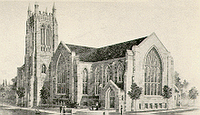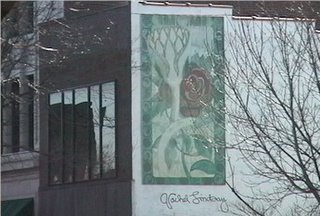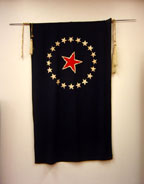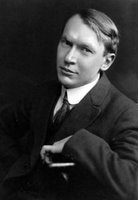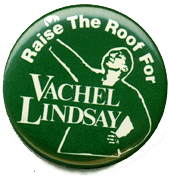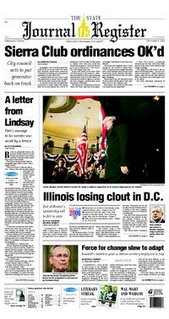 On Thursday, November 9, 2006, The State Journal-Register published a front page story by Pete Sherman about a 1928 typewritten letter from Vachel Lindsay to his Springfield High School English teacher and mentor, Susan Wilcox. The letter, which also contains handwritten annotations by Lindsay, was almost discarded but was saved by an errant breeze. The letter was offered to The Vachel Lindsay Association last September, but with so many libraries and museums around where it could be cared for properly, we had to decline it.
On Thursday, November 9, 2006, The State Journal-Register published a front page story by Pete Sherman about a 1928 typewritten letter from Vachel Lindsay to his Springfield High School English teacher and mentor, Susan Wilcox. The letter, which also contains handwritten annotations by Lindsay, was almost discarded but was saved by an errant breeze. The letter was offered to The Vachel Lindsay Association last September, but with so many libraries and museums around where it could be cared for properly, we had to decline it.At the suggestion of former VLA President Bill Furry, the letter instead was presented to the Springfield High School Library on November 9, 2006. Read the SJ-R story here. A copy of the letter itself can be seen here (requires pdf reader).
The letter contains a reference to another important SHS alum and student of Miss Wilcox, Robert S. Fitzgerald, who would later become a renowned translator of the classics.
"Elizabeth and I were especially interested in the brilliant work of young Fitzgerald," Lindsay wrote of The Venture, a literary journal put together by Wilcox and her students.
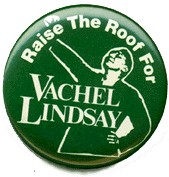


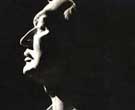
 The 4th annual Vach
The 4th annual Vach


